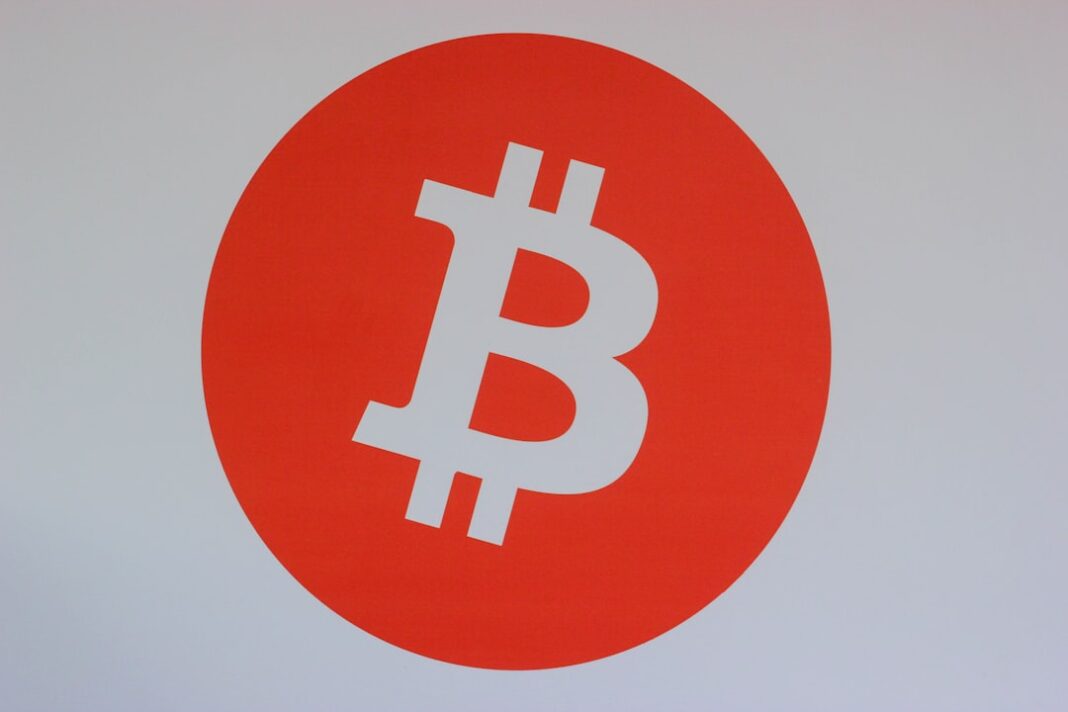The United States national debt continues its alarming ascent, now approaching a staggering $38 trillion, with daily increases estimated at approximately $6 billion. This relentless growth in federal liabilities has intensified scrutiny of the U.S. dollar’s long-term stability and purchasing power. Against this backdrop, Bitcoin is gaining recognition among investors and financial analysts as a compelling alternative store of value. Unlike fiat currencies subject to inflationary pressures from expansive fiscal policies, Bitcoin’s decentralized nature and fixed supply cap of 21 million coins position it as a potential hedge against currency devaluation. Market observers note that the accelerating debt accumulation underscores systemic vulnerabilities in traditional financial systems, driving increased institutional and retail interest in cryptocurrency assets. While the dollar remains the world’s primary reserve currency, its susceptibility to debt-driven erosion is prompting a strategic reevaluation of portfolio allocations, with digital assets emerging as a credible component in modern investment frameworks.


